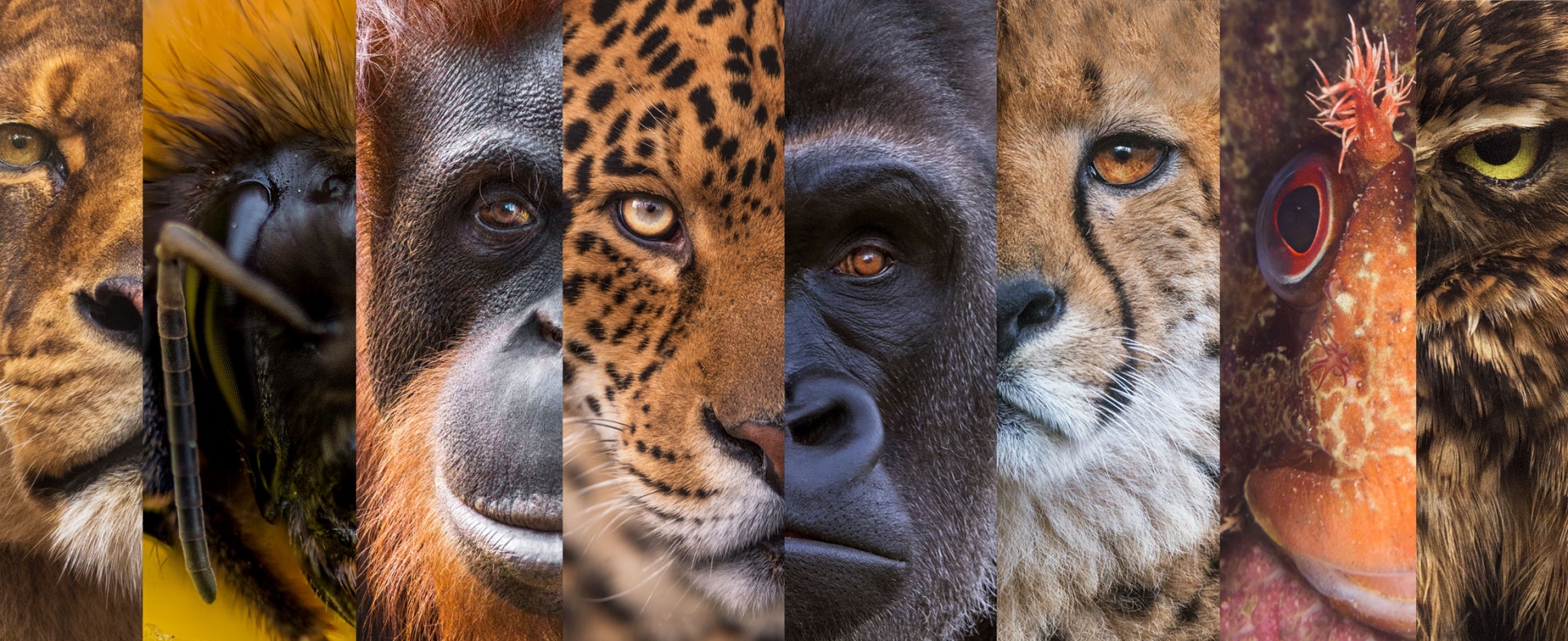

Currently there are more than 112,400 species on The IUCN Red List to date, with more than 30,000 species threatened with extinction, including 41% of amphibians, 33% of reef building corals, 25% of mammals and 14% of birds.
We know that the impact of human activity has forced over 1,000 species into extinction in the last 500 years. Through hunting we have chosen specific species to decimate. But can the same be said when it comes to conservation? If we have chosen species to kill in the past, are we also choosing which species to keep alive for the future?
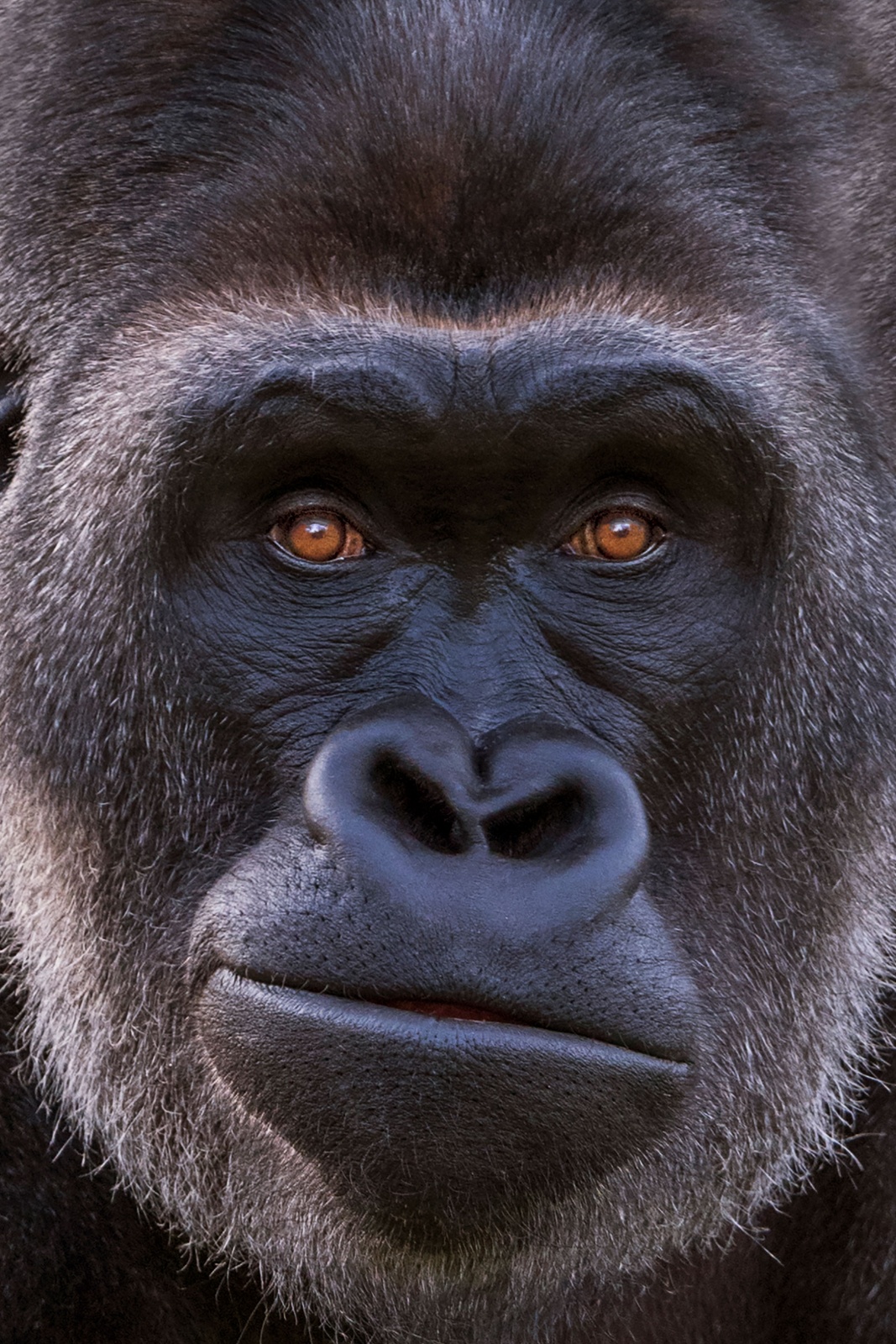
Take the western lowland gorilla, a critically endangered great ape. This is an animal that people regularly ‘aww’ and ‘ahh’ at, particularly when seeing cute babies or intelligent adults exhibiting human-like behaviour. It’s no wonder that people want to save these intelligent creatures with their inquisitive and gentle eyes; on an instinctive level, gorillas seem to remind us of ourselves.
The jaguar, a near-threatened big cat, is another animal that has become an icon of conservation. We are a nation of pet lovers, and domestic cats are one of our favourite companions. The thought of a large, beautifully patterned cat becoming extinct is therefore out of the question.
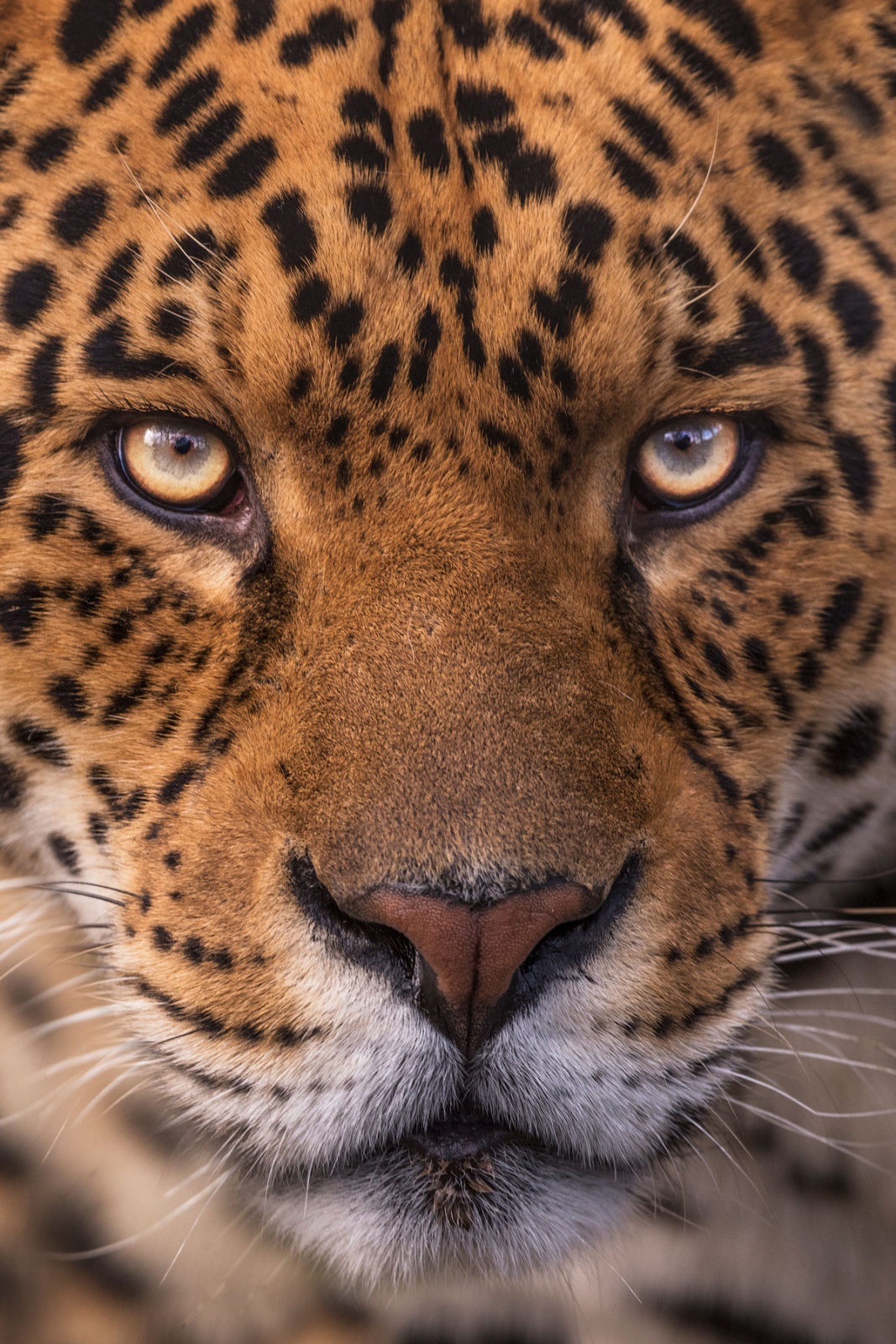
As humans we can relate to these species. We have empathy; they remind us of our own lives. We can watch gorillas interacting as families and anthropomorphise them, comparing individual apes with our own family members. We laugh when they play, cry when they get hurt and love when they interact with their children. But these emotions don’t seem to be triggered when we see other rare species under threat, particularly when it comes to animals we’re less familiar with.
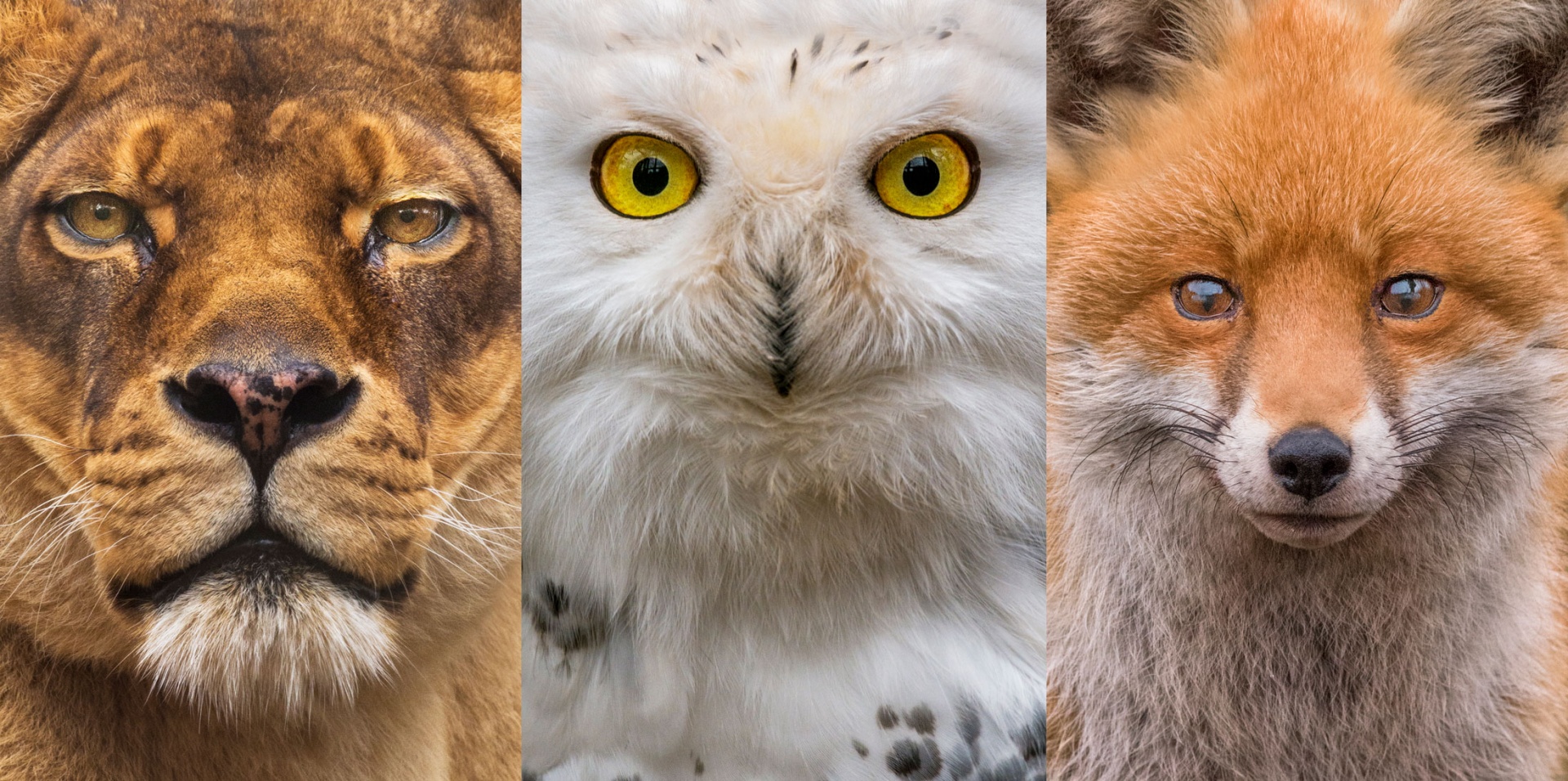
Large consumer brands such as Coca-Cola will contribute $2 million to the World Wildlife Fund (WWF) over five years in order to protect polar bears, and will match consumers’ donations up to a further $1 million. Other popular endangered animals such as elephants, orang-utans, giant pandas, snow leopards, tigers and rhinos receive similarly generous support from businesses, charities and the public.
Yet it’s rare to see campaigns urging us to save reptiles and amphibians – there are few opportunities to ‘adopt’ these species, and corporate entities aren’t lining up to save them either. The majority of people have less of a connection with these animals, and are thus less willing to donate money to save them.
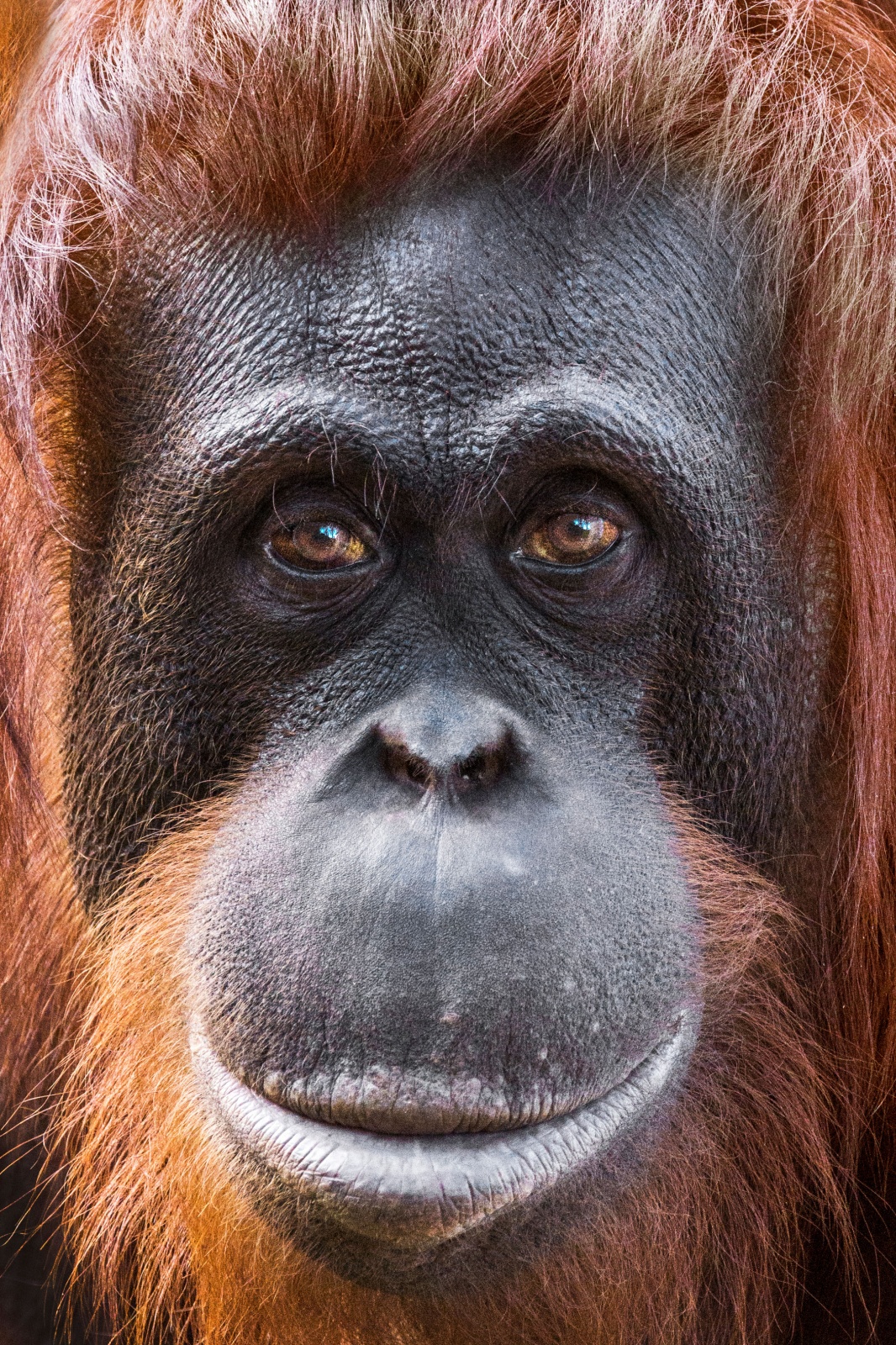
The irony is that smaller creatures are often the ones that keep our ecosystems alive and thriving. These are the pollinators, the builders, the feeders, yet few people seem to care as much whether these animals live or die.
I captured portraits of different animals to see if this hypothesis was true, asking people what they felt when they looked at the faces of certain species.
The results were as predicted.
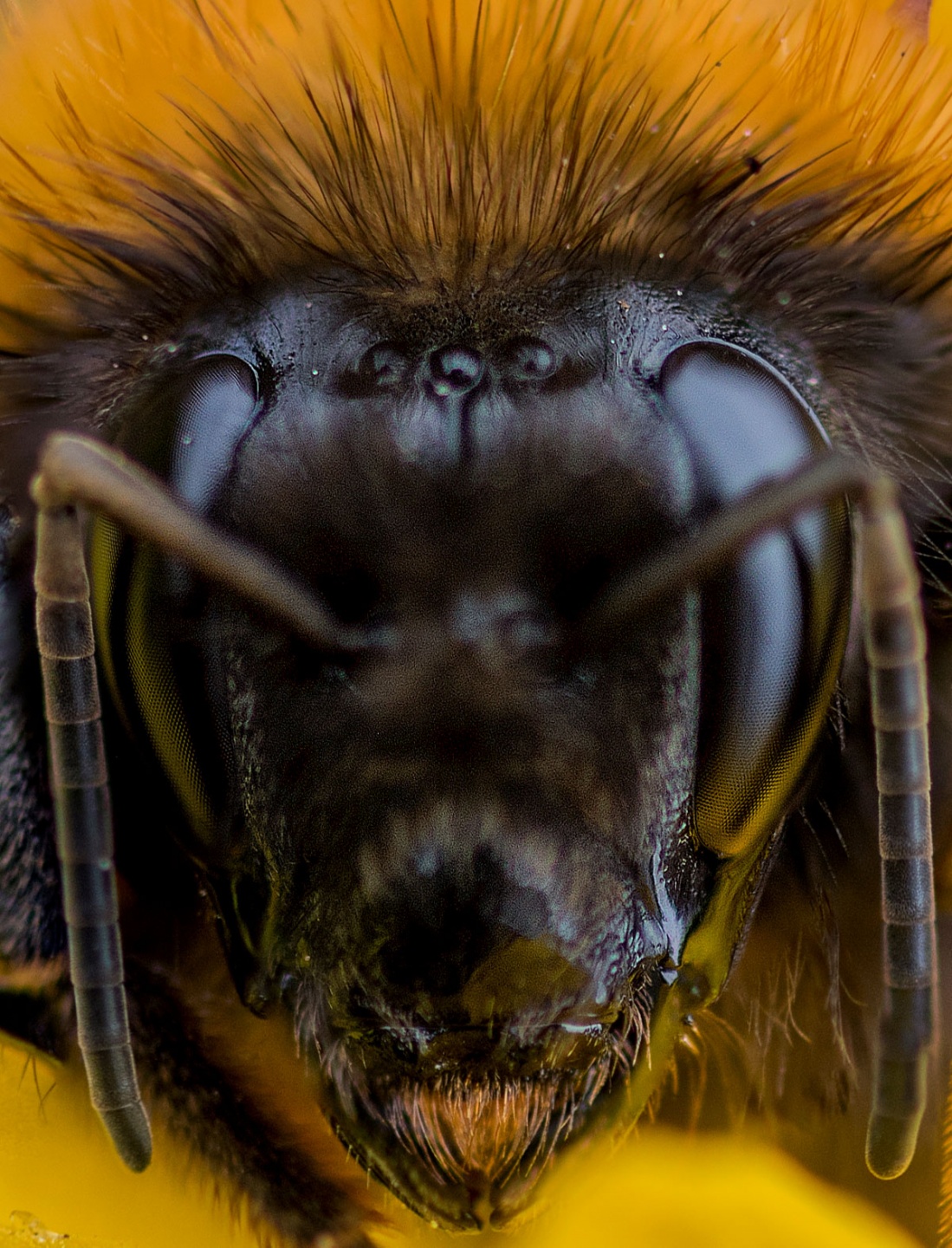
People felt a connection when they observed the faces of the lynx, cheetah, jaguar, lion, tiger, orang-utan, gorilla, macaque and fox. On the other hand, owls, blennies and bees were seen as less important and less significant. While people could associate the faces of gorillas with emotions such as shock, surprise and sadness, the same could not be said when looking at photos of birds, fish and insects.
Yet the experiment wasn’t entirely without hope. The solution, it seems, is to focus on the reactions of children to these less popular (but no less important) animals.
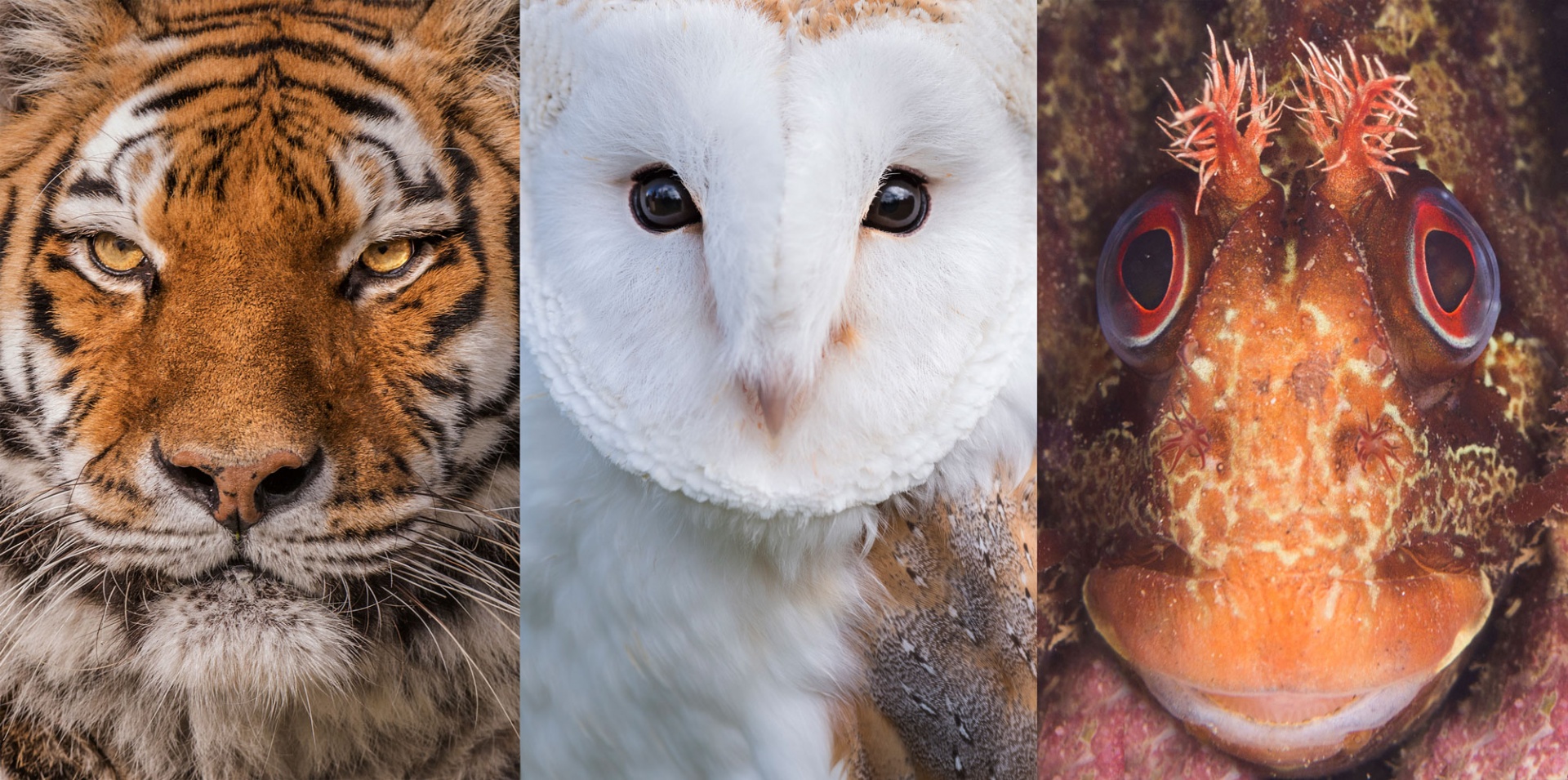
Children gave very different reactions to adults when it came to creating emotional connections with different animals. While they were still impressed by lions and gorillas, they seemed equally (if not more) interested in the fish and the bee. These animals were viewed as ‘funny’, ‘weird’ and ‘interesting’ by children, and it was these reactions that made them want to learn more about them.
Future generations depend on these small animals, so the focus must be on increasing awareness and encouragement among the young. Research has shown that children are intrinsically interested in what a bee, cricket, butterfly or snail is. While we care about our children, most people disregard the small creatures on which our children depend, now and into the future.
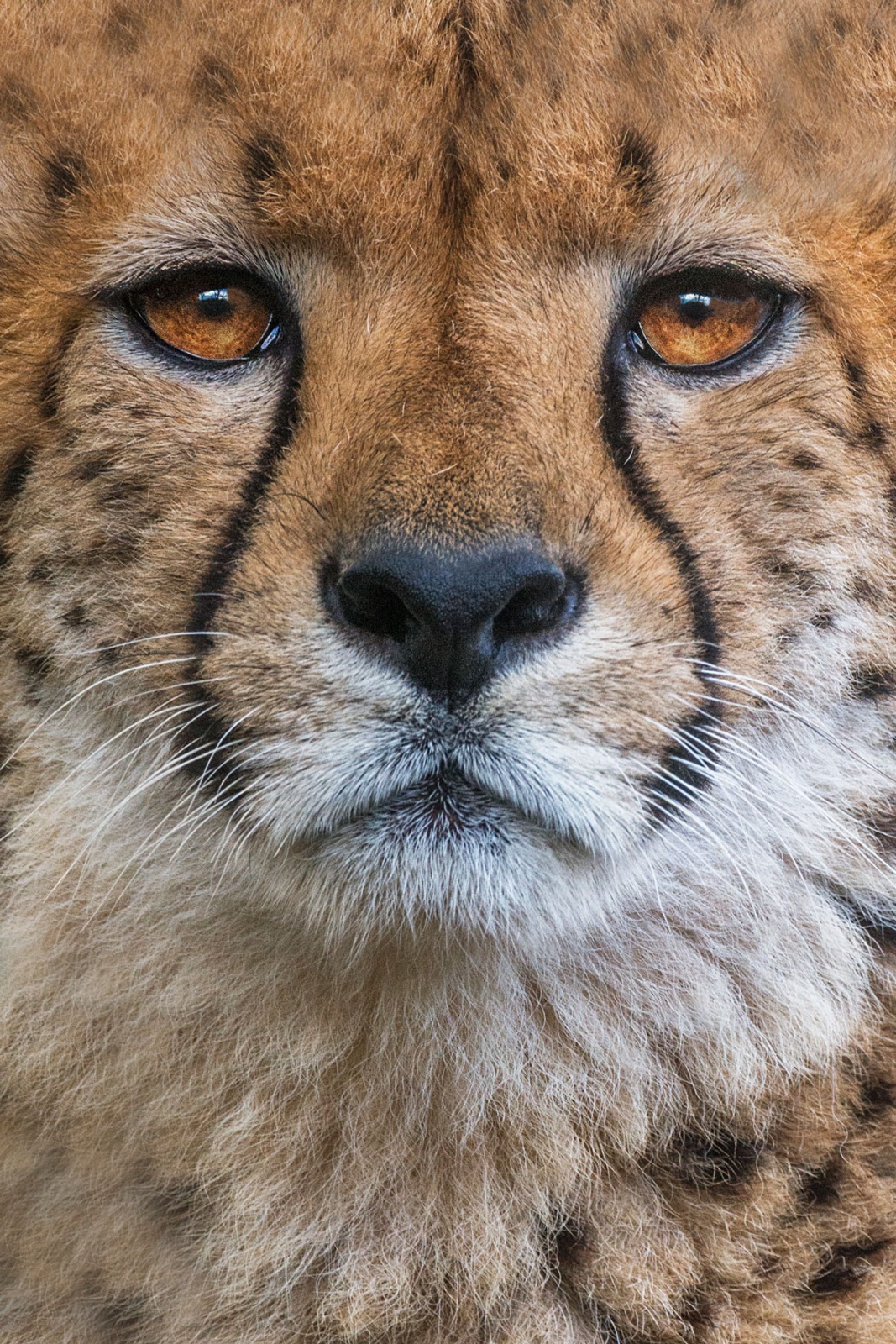
Children must be shown how bees keep flowering plants alive; how amphibians eat pests, which benefits agriculture and minimises the spread of diseases such as malaria. Worms and beetles help to keep woodland ecosystems alive, boosting local biodiversity and affecting the habitats of other invertebrates like centipedes and woodlice. These animals provide food for birds such as the treecreeper and woodpecker, as well as endangered mammals such as bats.
All species have an important role to play in the overall health of our ecosystem. Losing any animal will impact us negatively. So while we hate to see fluffy, beautiful creatures decreasing in numbers, the fact is that our smaller, less attractive species need just as much support.
With the help of children showing an interest in these weird and wonderful creatures, there’s still a chance to convert curiosity into conservation success.

Read more articles from our contributing authors and follow the project progress by signing up to the Under the Skin newsletter.